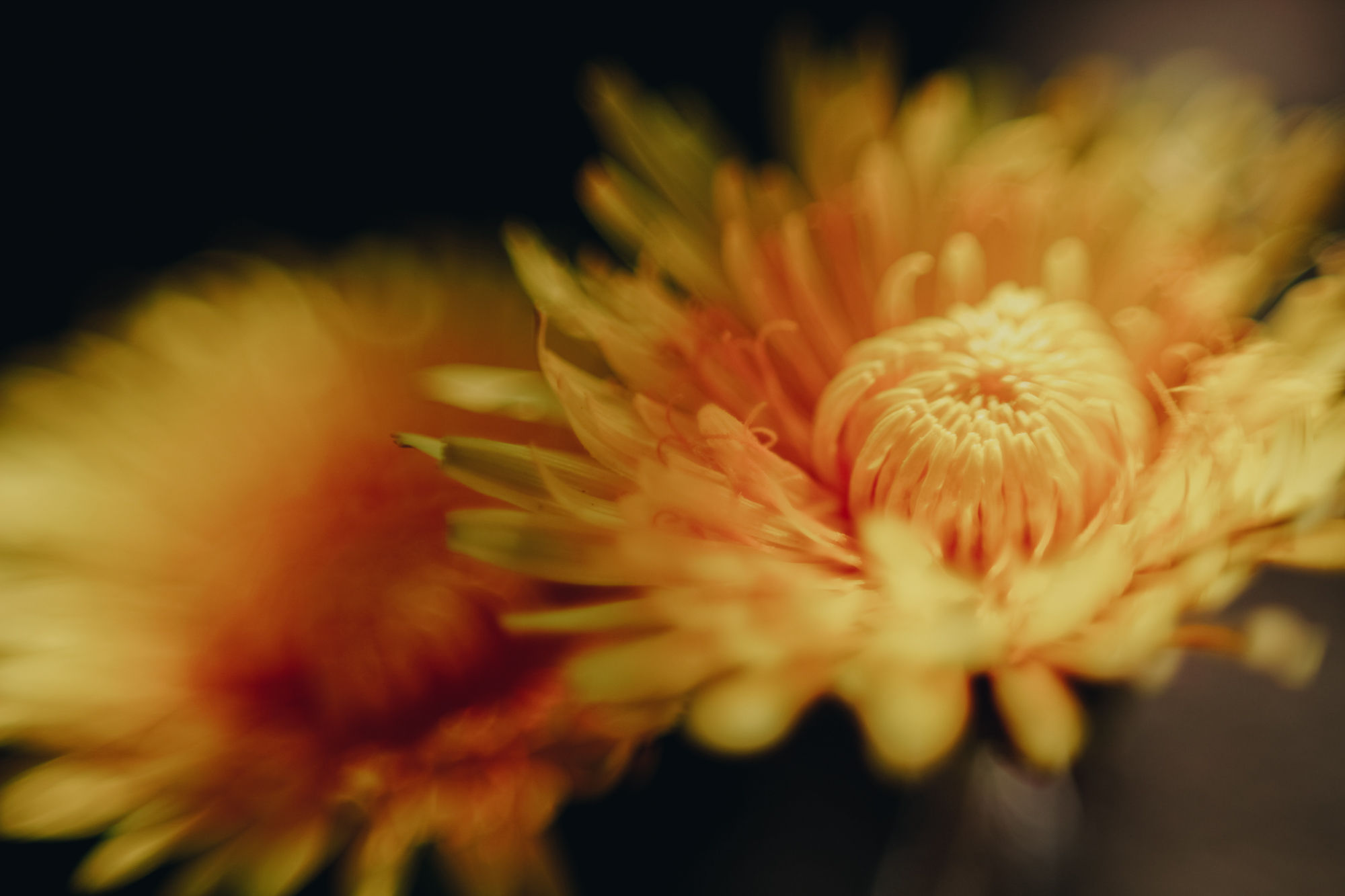No Macro Lens? Try This Workaround
How to take macro photos without a macro lens
I’ve been obsessed with macro photography since first discovering it in my young teen years. I couldn’t afford a proper macro lens for a really long time, and I couldn’t justify the expense over some other, more practical (for me) equipment. That doesn’t mean I wasn’t experimenting with macro photography for years, however. I still use this technique to take macro photos without a macro lens, even when owning one. I recently covered the topic of freelensing, and wanted to expand on that to get a little more macro.
Flip your lens around - reversed lens macro photography
That’s right–– just turn your lens around to take macro photos. Since the lens isn’t attached to your camera body, you can use any type of lens to take macro photos without a macro lens. You are holding the lens freely in front of your camera body’s opening and manually moving closer or further to your subject. If you are already familiar with freelensing, it is a similar concept with the lens in the reverse direction.

What lens should you use for reverse macro photography?
The closer you want to get to your subject, the wider angle your lens should be. When I am taking reverse macro photos, I often use a 35mm lens. I also do prefer to use lenses that have a manual aperture ring, like old film lenses or my Rokinon 35mm, because it gives me a lot more control over the image. Digital lenses will also work for this technique, but you have less control over changing the aperture. What you get is what you get.
The more zoom your lens has, the less close-up it will be when in reverse. I find that the 50mm reversed takes nice macro shots, but nothing with truly close-up detail. When shooting snowflakes, I prefer to reverse a 35mm over a 50mm or beyond.
Protecting your sensor with the reverse macro technique
A big priority of shooting without an attached lens is protecting your sensor. You do not want your sensor to collect dirt and dust while you’re trying to take macro photos without a macro lens. With your lens off of the camera body, keep your hand firmly around the base of the lens and camera body opening. This will leave very little room for particles to get in. Once you’re finished taking reverse macro shots, clean your lens of any dust before returning it to the camera body. I do not recommend trying out reverse macro photography in rain, wind, snow, etc. or in any areas with a lot of dust or dirt.
Examples of reverse macro shots



Let’s get to it!
Have you tried this technique to take macro photos without a macro lens? Let me know in the comments or tag me on Instagram @meganbreukelman, I want to see your reverse macro photography.